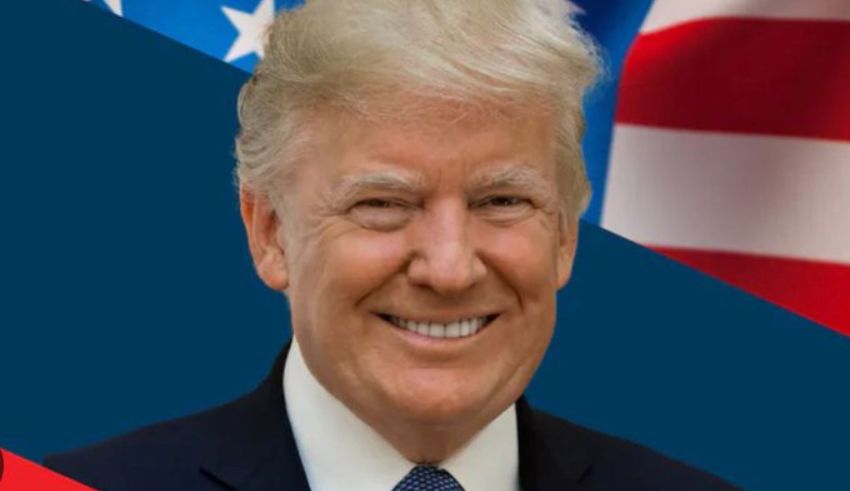
As the long awaited US presidential campaign results continue to pour in, former President Donald Trump is expected to have won three out of the seven key swing states, therefore positioning him on the verge of maybe reclaiming the White House. Early projections show Trump winning in three states declared as battlegrounds for Election Day: Pennsylvania, Georgia, and North Carolina.
Though the ultimate, thorough results in these states and others may likely take some time to appear, Trump’s team is energized by these preliminary results. Major legal challenges and vote counting delays combined with the close proximity of the contest make the road to win for Trump and his Democratic rival Kamala Harris yet undetermined.
Events in the Battleground States?
The campaign is turning on results from seven crucial swing states, which before Election Day were judged too close to call. Since they might sway the entire outcome in favor of either candidate, these states—North Carolina, Georgia, Pennsylvania, Wisconsin, Michigan, Arizona, and Nevada—have become the main focus of election monitors.
Early voting has increased in line with voter turnout; in certain places, mail-in and in-person ballots have reached before unheard-of volumes. While the official results are still pending as the ballots are under count, this early voting frenzy provides a preliminary clue on the path of the election.
- North Carolina: Trump’s chances of returning to the White House have improved since he has become the first state projected to be winner.
- Georgia: Trump is likely to dominate; the state had a historic Democratic Joe Biden victory in 2020, hence the race is too near to call.
- Pennsylvania: Early signs hint to Trump perhaps having a tiny edge, even if the result of this crucial state is yet unknown.
- Wisconsin: Still determining its outcome, another battlefield state. Trump leads just slightly here, but it could be days before a definitive result is revealed.
- Michigan: The fight in Michigan is still somewhat close, and a last decision is expected by the end of Wednesday.
- Arizona: The count is still under progress; the winner here could take many days to be determined.
- Nevada: Like Arizona, Nevada’s numbers are still pending; ongoing counting is expected to persist throughout the next few days.
Given Donald Trump’s projected triumph in at least three major swing states, the presidential election has reached a turning point. Experts warn that the complex structure of the vote-counting process, particularly in states with many mail-in ballots or highly contested elections, might cause final results to take time to confirm even if the outcomes in several battlefield states have been reported faster than expected.
This year’s campaign seems to be more drawn out than earlier elections when a winner was declared late on election night or early the next morning. In significant states, narrow margins could lead to recounts, therefore extending the waiting for a definitive result. While numerous states have already seen media projections of winners, it could take days—or maybe weeks—before the official announcement of the exact election results.
The issues with legal challenges and vote counting
The complicated vote counting system is one of the key reasons the completing results are delayed. Examining voter eligibility, guaranteeing compliance with active voter rolls, and meticulously reviewing ballots for damage or disparities help to verify ballots. Legal challenges are also expected; about a hundred pre-election lawsuits have already been filed, many of which center on voter eligibility and voter roll management. These challenges can complicate even more the calendar for announcing a clear winner.
Faster counting has already been noted in some locations, particularly in Michigan where vote counting is accelerating above expected pace. A drop in mail-in ballots in comparison to the 2020 election brought on by less COVID-19-related worry might also speed the whole process.
Keep Reading
Historical Context: Generally when are election results released?
The moment of the last declaration in presidential elections could differ substantially. Not pronounced the winner of the 2020 contest until four days after Election Day, when Pennsylvania results started to show, Joe Biden was Conversely, just hours after polls closed, Donald Trump announced the winner in the 2016 campaign just after 03:00 EST (08:00 GMT).
The results were expected in 2012 when Barack Obama was chosen for a second term, just hours after the polls closed, before midnight. Still, the 2000 election is a special case since the race wasn’t decided upon formally for five weeks. That election, which pitted George W. Bush against Al Gore, was only resolved when the US Supreme Court opted to stop a recount in Florida, rendering Bush the president.
Once the votes have been properly counted and verified, the US presidential election moves with the Electoral College, which is rather crucial in determining the outcome of the campaign. Every state assigns a specified number of electoral votes; so, not only the overall number of votes but also the winner of the election depends on obtaining a majority of these votes—270 out of 538.
Formally, confirming the results of the Electoral College will happen in December. Then Congress will formally name the incoming president and tally the votes on January 6. Starting their four-year term independent of the official results, the winning candidate will be sworn in on January 20, 2025.
Uncertainty and Conflict: History
Claiming widespread electoral fraud without providing any credible evidence, President Trump insisted on not compromising after the 2020 election. This denial of the outcome produced Trump supporters rushing the US Capitol on January 6, 2021. This event underscored the risks of uncertainty and disputes all during the voting process, particularly in closely contested contests when emotions run hot.
As the 2024 election shapes out, the outcome might not be clear. Legal challenges, stories, and the complex counting process might span the period for selecting a winner, therefore leaving the nation ready for the official confirmation of who would assume office in January 2025. Whether Donald Trump or Kamala Harris prevails, the US election process will once more highlight the complexities and unpredictabilities of American democracy.



























